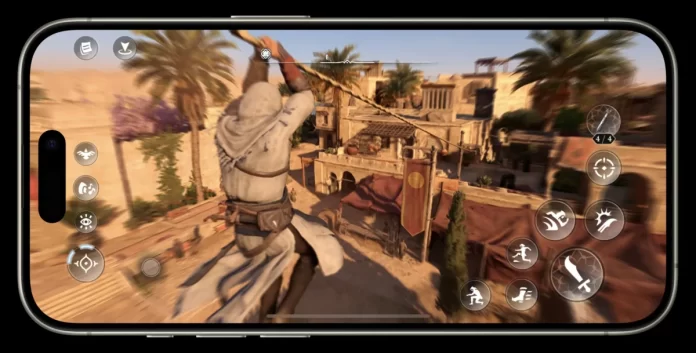Several factors seem to be contributing to this underwhelming reception. Firstly, these games are already established franchises, readily available on other platforms. This might make iPhone users less likely to purchase them again, especially with the limited audience they cater to.
Secondly, the hardware compatibility requirement restricts accessibility. AAA ports currently run only on iPhone 15 Pro models and M-chip-equipped iPads. This excludes a vast portion of the iPhone user base, hindering potential sales. Additionally, the traditional paid mobile game model appears less effective here compared to the freemium or free-to-play models that dominate the mobile market. The sheer cost of AAA titles on mobile might dissuade potential buyers accustomed to free-to-play structures.
There’s also the question of user experience. Console and PC titles are fundamentally designed for controllers. While mobile touch controls have come a long way, they might not offer the precision and tactile feedback that hardcore gamers seek in AAA experiences. This might lead them to prioritize handheld gaming PCs with more controller-focused gameplay and high portability.
In conclusion, Apple’s foray into AAA gaming on iPhone faces several roadblocks. Addressing these challenges – accessibility, cost, and user experience – will be crucial if they want to cultivate a thriving ecosystem for AAA games on their mobile platform.

